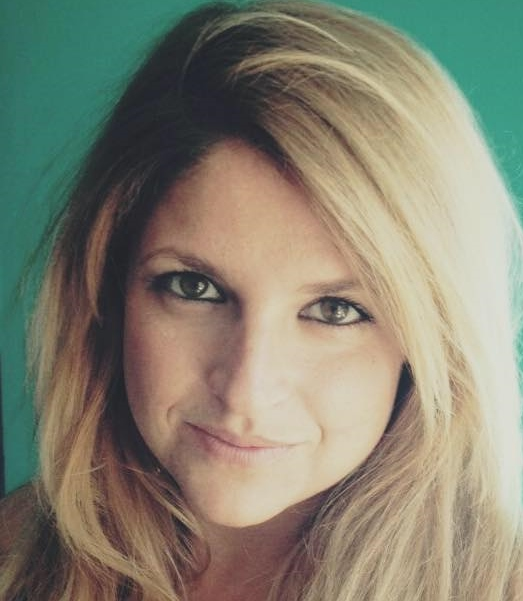By Lisa Self

Children need consistency in their lives. They like to know what to expect. This is one of the reasons children can watch the same movie over and over again. (Enter eye-roll emoji from adult.) No surprises, the ending is always the same.
Children like structure, even a schedule, and want to be able to count on the adults in their lives to lead and follow that structure. That doesn’t mean that children don’t like a surprise visit to the sno-cone stand, but they like to know when things are going to happen. They like warnings before things are going to change. Have you ever told a child to immediately clean up his Lego creation with no warning? Oof! Not pretty.
Thinking back to Psychology 101, Maslow’s Hierarchy of Needs (1943) shows that when children (and adults) feel unsafe—when they need security, protection, and stability—they have trouble reaching the higher levels of self-fulfillment needs, like using critical thinking skills or even being able to see another person’s point of view. Uncertainty and stress will impact the ability to learn.

What can we do to help?
Listen: Children might want to talk about how they are feeling. Listen. Don’t minimize their fears. Don’t just wait for them to stop talking so you can give them your ounce of wisdom. Just listen. Repeat back what you heard from them.
Alexa says, “I’m worried that I’ll never get to see my friends again.”
Adult: “It is sad when you don’t get to see your friends at school like you used to.”
Hugo says, “Is my family going to get sick and die?”
Adult: “It sounds like you are scared for your family.”
People—all people, young and old—want to be heard. They want to know that their feelings are understood and respected.
Plan: Make a plan for how your week will go. Let those around you contribute to the plan. The plan doesn’t have to be extremely detailed, but it should have structure. Talk about the plan so everyone affected by it knows what to expect. Talk about the plan through the week, follow a routine, and include reminders and time notices to upcoming transitions.
S.E.E.E. Well: That is . . .
Sleep well!
Eat well!
Exercise well!
Enjoy!
Children need adequate hours of sleep—and so do adults! Anyone who has ever pulled an all-nighter in college learns that sleep is needed for effective cognitive function, which may include solving a complex problem—or just not putting your eyeglasses in the refrigerator. It’s the same thing for children, except they need even more sleep than adults. Whether it’s a school night, weekend, or holiday, they need the same amount of sleep.
Encourage and model healthy eating! Children do not need sugary treats to reward them for behaviors or make them “feel” better. Volumes of research show that both are unhealthy practices for children. Use activities that involve trying new fruits and vegetables! Our lab school does a “taste test” every month. Our kitchen manager, Ms. Marcie, offers a food item that the children might not have tried before. They take a poll on whether we should incorporate this into an upcoming menu. It may not make the cut, but it’s always a fun food activity that introduces a new healthy flavor to their palate.
Model exercise and movement for children! During an explanation of her upcoming final unit, one of my college students said, “To keep children calm, we have to keep them moving.” That’s some of the wisest advice for guiding children I’ve ever heard.
How do we manage a group of small children? Keep them moving. And we need to move with them; whether in person or through virtual learning, we can model that movement and learn through movement with games, acting out a story and even with your best made-up song with large motor movement! (Instead of the “Itsy-Bitsy Spider” with fingers, how about the “Biggly-Wiggly Spider” using whole arms?) It’s good for them and good for us.
Enjoy! In the midst of the unknown, don’t forget to take time to unwind, connect with others, and do something you love every day (other than your job!)—and allow children to do the same. Listen to what they want to do and try to say “Yes!” every chance you get!
We can get through stress and anxiety, learn from it, and be healthier people on the other side. Then, we can teach children how to do that as well!
Resources
How to Have Better Conversations With Your Children
10 Reasons A Daily Routine is Important for Your Child (and How to Set One)
How much physical activity do children need?
Getting Children & Teens Outside While Physical Distancing for COVID-19
Mrs. Self is an Assistant Professor and the Program Coordinator of Child Development at Tarrant County College at the Northeast Campus in Hurst, Texas. She has been teaching children and adults since 1994.
References
Maslow, A. H. (1943). A theory of human motivation. Psychological Review, 50(4), 370–396.










